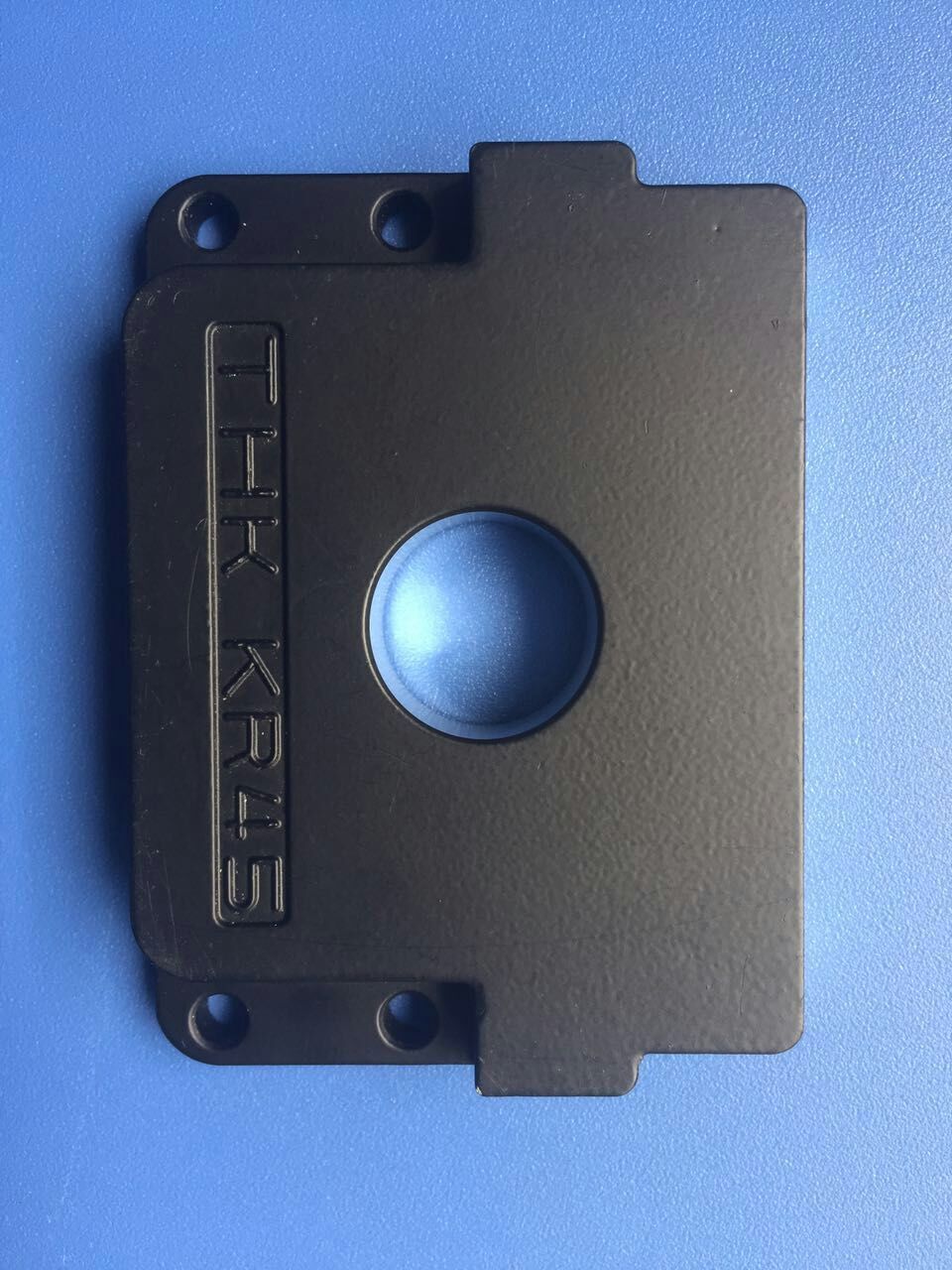How to achieve high-precision manufacturing in Dalian aluminum die-casting from design to finished product?
In the field of aluminum die-casting in Dalian, achieving high-precision manufacturing is the core goal of ensuring product quality and performance, and this process runs through every key link from design to finished product.
Precision mold design lays the foundation
Molds can be called the "soul" of aluminum die-casting. During design, engineers use computer-aided design (CAD) technology to accurately plan the mold structure. Based on the complex shape and high-precision requirements of the product, accurately calculate the size of the mold cavity, reserve reasonable shrinkage allowance, and ensure that the size of the aluminum parts die cast is highly compatible with the design value. At the same time, optimizing the cooling system layout of the mold ensures that the aluminum liquid is uniformly cooled and solidified in the mold cavity, reducing deformation caused by temperature differences and laying a solid foundation for high-precision manufacturing.

Accurate process parameter control is key
Accurate control of process parameters is extremely important in the die-casting process. The pressure, speed, and temperature parameters of the die-casting machine need to be finely set according to the characteristics of the aluminum liquid and product requirements. Appropriate die-casting pressure can ensure that the aluminum liquid quickly and fully fills the mold cavity, avoiding material shortage or looseness; Accurate control of die-casting speed can prevent turbulence in aluminum liquid and reduce defects such as porosity. Strict and stable temperature control can ensure consistency between the fluidity and solidification process of aluminum liquid, improving dimensional accuracy and surface quality.
Post processing process improves accuracy
Even if the die-casting is completed, further post-processing steps are still needed to improve accuracy. Through mechanical processing such as CNC milling, grinding, etc., the key dimensions and surfaces of die cast aluminum parts are finely trimmed to eliminate small errors generated during the die casting process. In addition, using surface treatment processes such as anodizing can not only enhance the surface hardness and corrosion resistance of aluminum parts, but also improve their surface flatness, achieving the transformation from design blueprints to high-precision aluminum die-casting products, meeting the increasingly stringent precision standards of various industries for Dalian aluminum die-casting products.